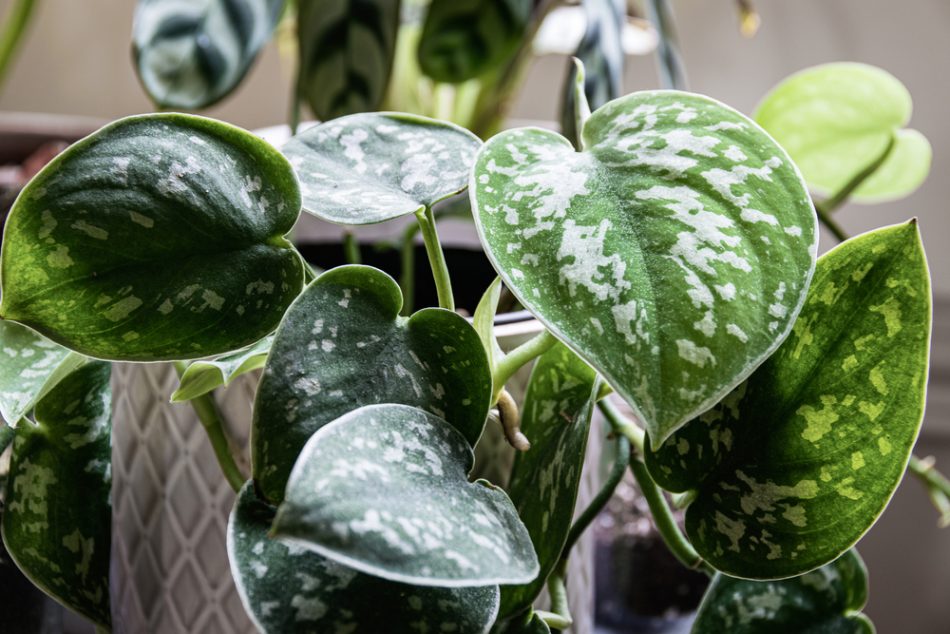Search

Last month at Dutch Design Week, Dutch designer Nienke Hoogvliet and entrepreneur Anne Boermans showcased their brand Zeefier, which offers natural dyes made exclusively out of seaweed. Hoogvliet has been researching how to create a range of sustainable and eco-friendly dyes using different Read More...

Here at The Optimist Daily, we love sharing practical ways people can help combat climate change right at home. While the climate crisis may leave us feeling helpless and overwhelmed, there are small actions that we can take that will propel us in the right direction and empower us. Food waste Read More...

Oil and gas wells, even abandoned ones, are a huge source of emissions. These sites are particularly known for their methane emissions, a greenhouse gas much more potent than carbon dioxide. A recent NASA project identified particularly problematic emissions sites, and now, for the first time ever, Read More...

Air pollution has been linked to numerous diseases including asthma, cancer, and heart disease, but while air pollution can negatively affect all of us, its damage is disproportionately felt by certain populations. Breaking down where air pollution is most potent and why is the first step to Read More...

Back in March, we shared the research findings from a University of California study on how feeding seaweed to cattle can reduce methane emissions from their burps and flatulence by up to 82 percent. Now, scientists in Scotland have found that the same effect holds true for sheep. The recently Read More...

Right before the commencement of the United Nations climate summit, COP26, in Glasgow, Scotland, the UN Development Program posted a video of a special guest speaker: Frankie the Dinosaur. Frankie’s warning was clear: if we don’t work together to dramatically reduce our use of fossil fuels, Read More...

While we tend to think of forests as the world's primary natural carbon sinks, that’s only true on land. When it comes to our oceans, a huge carbon sink comes in an unexpected form: whales. That’s right, these amazing mammals store humongous amounts of carbon dioxide in their bodies as they Read More...

In our quest for the most sustainable, most renewable sources of energy, humanity continues to look to nature for inspiration. One of nature’s most efficient energy systems is photosynthesis, which is how plants convert sunlight, water, and carbon dioxide into chemical energy to fuel themselves. Read More...

From making your home more aesthetically pleasing to generally improving your wellbeing, the benefits of houseplants are well documented. Here are five of the most important reasons for living with green companions. Breathe easier While we breathe in oxygen and exhale carbon dioxide. During Read More...

Synthetic kerosene is made by using water and electricity to produce hydrogen, which is then combined with carbon dioxide to make crude oil, which is then refined into jet fuel. A new plant in Germany plans to be the largest synthetic kerosene producer in the world, using water and electricity from Read More...
